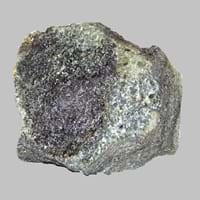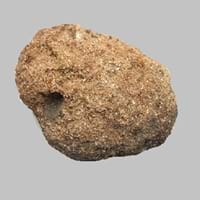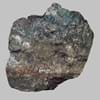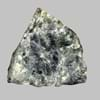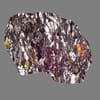Amphibolite vs Itacolumite
Amphibolite vs Itacolumite Information
Earth’s outer layer is covered by rocks and these rocks have different physical and chemical properties. As two rocks are not same, it’s fun to compare them. You can also know more about Amphibolite and Itacolumite Reserves. Amphibolite can be defined as a granular metamorphic rock which mainly consist of hornblende and plagioclase. A yellow sandstone which is flexible when cut into thin strips. These rocks are composed of many distinct minerals. The process of formation of rocks is different for various rocks. Rocks are quarried from many years for various purposes. You can check out Amphibolite vs Itacolumite information and Amphibolite vs Itacolumite characteristics in the upcoming sections.
Amphibolite vs Itacolumite Characteristics
Though some rocks look identical, they have certain characteristics which distinguish them from others. Characteristics of rocks include texture, appearance, color, fracture, streak, hardness etc. Amphibolite vs Itacolumite characteristics assist us to distinguish and recognize rocks. Also you can check about Properties of Amphibolite and Properties of Itacolumite. Learn more about Amphibolite vs Itacolumite in the next section. The interior uses of Amphibolite include Countertops, Decorative aggregates, Entryways, Floor tiles, Flooring, Homes, Hotels and Kitchens whereas the interior uses of Itacolumite include Decorative aggregates, Floor tiles, Homes, Interior decoration and Kitchens. Due to some exceptional properties of Amphibolite and Itacolumite, they have various applications in construction industry. The uses of Amphibolite in construction industry include As dimension stone, Building houses or walls, Cobblestones, Construction aggregate, For road aggregate, Landscaping, Production of glass and ceramics, Roadstone and that of Itacolumite include Cement manufacture, Construction aggregate, For road aggregate, Production of glass and ceramics, Raw material for the manufacture of mortar.
More about Amphibolite and Itacolumite
Here you can know more about Amphibolite and Itacolumite. The life cycle of a rock consists of formation of rock, composition of rock and transformation of rock. The composition of Amphibolite and Itacolumite consists of mineral content and compound content. The mineral content of Amphibolite includes Amphibole, Andalusite, Biotite, Calcite, Epidote, Garnet, Hornblade, Kyanite, Magnetite, Olivine, Plagioclase, Pyroxene, Staurolite, Wollastonite and mineral content of Itacolumite includes Calcite, Clay, Clay Minerals, Feldspar, Micas, Quartz. You can also check out the list of all Igneous Rocks. When we have to compare Amphibolite vs Itacolumite, the texture, color and appearance plays an important role in determining the type of rock. Amphibolite is available in black, brown, green, grey colors whereas, Itacolumite is available in beige, black, brown, colourless, cream, dark brown, green, grey, light green, light to dark grey, pink, red, white, yellow colors. Appearance of Amphibolite is Foliated and that of Itacolumite is Rough. Properties of rock is another aspect for Amphibolite vs Itacolumite. Hardness of Amphibolite and Itacolumite is 6-7. The types of Amphibolite are Hornblendite whereas types of Itacolumite are Not Available. Streak of rock is the color of powder produced when it is dragged across an unweathered surface. The streak of Amphibolite is white to grey while that of Itacolumite is white. The specific heat capacity of Amphibolite is Not Available and that of Itacolumite is 0.92 kJ/Kg K. Depending on the properties like hardness, toughness, specific heat capacity, porosity etc., rocks are resistant to heat, wear, impact, etc.Amphibolite is heat resistant, pressure resistant, wear resistant whereas Itacolumite is heat resistant, impact resistant, pressure resistant.
